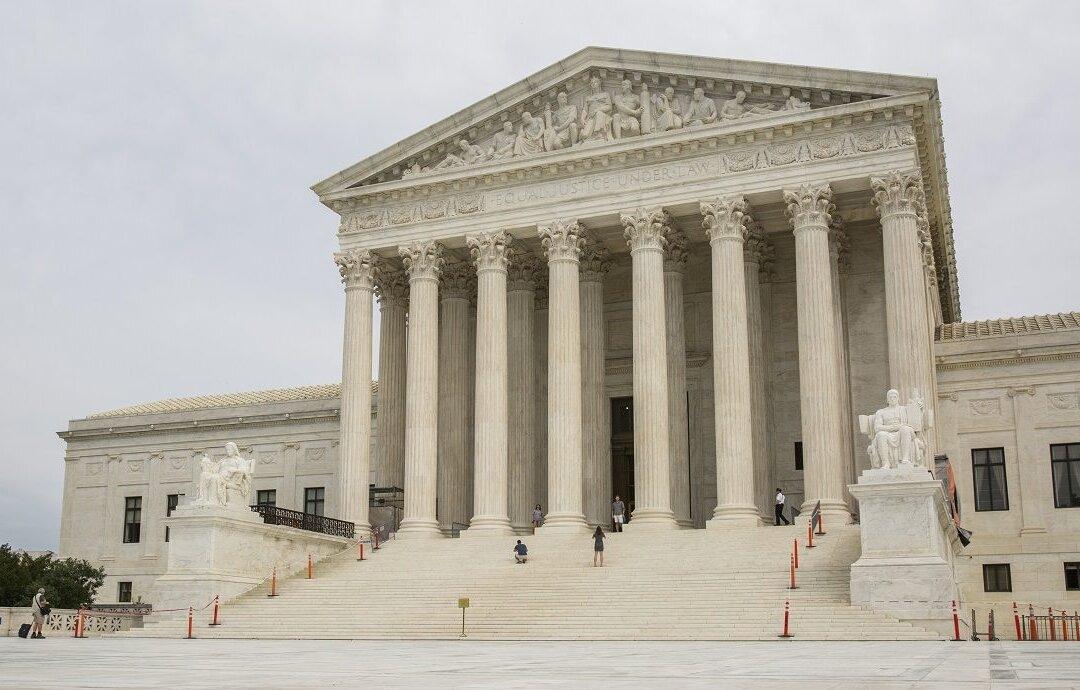WASHINGTON—The Supreme Court has granted emergency stays halting forced congressional redistricting statewide in both Ohio and Michigan that was ordered by U.S. district court judges who found that boundaries of electoral districts had been improperly drawn.
The emergency orders were granted while the Supreme Court separately considers whether state electoral maps in North Carolina and Maryland were gerrymandered, or unfairly manipulated for partisan advantage. The Supreme Court heard oral arguments in the two different legal challenges on March 26 and is expected to rule on those cases next month.





